Bank reconciliation is the process of comparing a company’s bank account records with its corresponding bank statements to ensure they match, so that you can identify any discrepancies.
It is a crucial accounting practice that helps businesses verify the accuracy of their financial records and can highlight errors, fraud, or other issues, ensuring proper cash flow management.
(For frequently asked questions on Bank Reconciliation, click here)
As technology has advanced, accounting practices have also improved, with new software making bank reconciliation faster and more reliable.
The challenges of manual bank reconciliation
Before the option of using software in the bank reconciliation process, you or your accountant would have to complete the task manually.
The process of manually matching transactions across bank statements and ledgers is time-consuming and prone to human errors (such as typos, omissions, and incorrect categorisation), which can result in inaccurate accounts.
Another challenge with manual bank reconciliation is that, as transaction volumes grow, the spreadsheets become unmanageable.
As a business owner, you need to be putting procedures in place to minimise risks, as missed discrepancies could result in fraud charges or compliance issues.
What does bank reconciliation software do?
Bank reconciliation software is a game-changer for business owners as it allows you to automate the transaction matching process by quickly aligning bank feeds with accounting records.
Real-time updates are available thanks to the software conducting daily or live syncs from the bank account. This feature will allow you to make more informed business decisions going forward.
The software can also flag unusual or unmatched transactions for review, further reducing the risk for error.
Bank reconciliation software can integrate with accounting systems (Xero, QuickBooks, Sage, etc.), further optimising your business’s finance function.
Key features to look for in a bank reconciliation tool
Below is a list of features we recommend looking for when searching for the right bank reconciliation tool for your business:
- Automatic bank feeds/imports
- Smart matching rules (AI/machine learning) that learn from previous reconciliations
- Custom rules for recurring or predictable transactions (rent, subscriptions, etc.)
- Multi-currency support if trading internationally
- Dashboards and reporting for clear oversight
- Integration with existing accounting software to keep everything connected
Top bank reconciliation tools and software
To help you understand the different bank reconciliation tool options, we’ve created a table comparing the software based on the type of business it’s best for, key features, and price.
Benefits of using bank reconciliation software
Using bank reconciliation software brings a range of benefits to a business.
The software significantly improves efficiency, saving hours of manual work each month by automating transaction matching and reporting.
The tools also enhance accuracy, reducing the risk of human error, ensuring financial data is more reliable and up to date.
From a compliance perspective, software provides easy-to-export reports that meet regulatory standards, giving you peace of mind during financial reviews.
They. Also support fraud prevention by detecting unusual or unmatched transactions early, helping businesses stay protected.
Finally, these tools offer scalability, meaning they can effortlessly handle higher transaction volumes as your business grows.
How to choose the right tool for your business
When choosing the right bank reconciliation software, it’s essential to consider several factors.
- Firstly, check whether the solution suits your business size. Smaller businesses often find Xero or QuickBooks sufficient, while larger enterprises may need more specialised platforms.
- You should also weigh the subscription cost against the time saved, ensuring the investment delivers real value.
- Industry-specific needs can also play a role as nonprofits, retailers or international traders may require tailored features,
- Integration is another key consideration if you’re already using other accounting software, as seamless connectivity prevents duplication of work.
- Finally, consider how intuitive and user-friendly the platform is for you or your finance team, as this will impact adoption and efficiency.
In conclusion, using bank reconciliation software is vital for businesses to automate the time-consuming tasks, resulting in a process which is easier, faster and more reliable. Companies should review their current reconciliation process and explore the range of available software to save hours each month. The right reconciliation software can transform accuracy, efficiency and general oversight of the business.
At Gravitate Accounting, we help businesses streamline their accounting process with the right digital tools. If this is something you are interested in, please get in touch, and one of our team members will contact you to discuss how we can support you and help you make the most of the software that fits your needs.

.png)


.png)

.png)
.png)

.png)
.png)
.png)













.png)
.png)
.png)

.png)
.png)

.png)

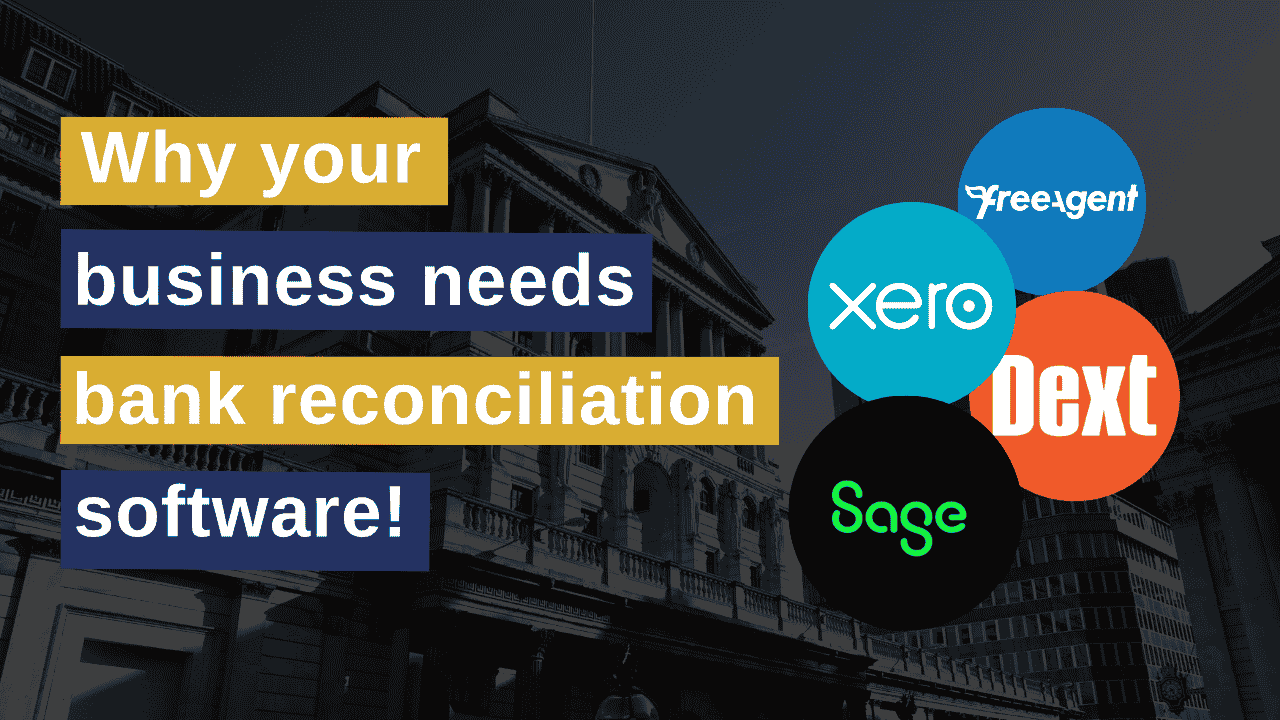


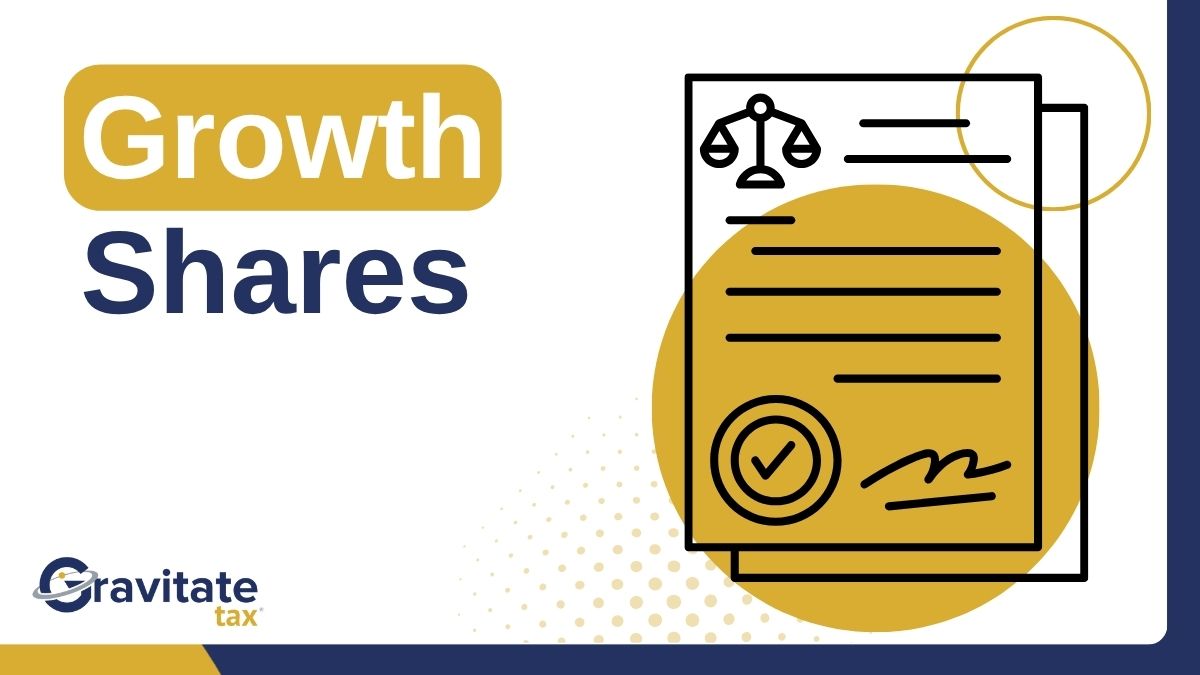
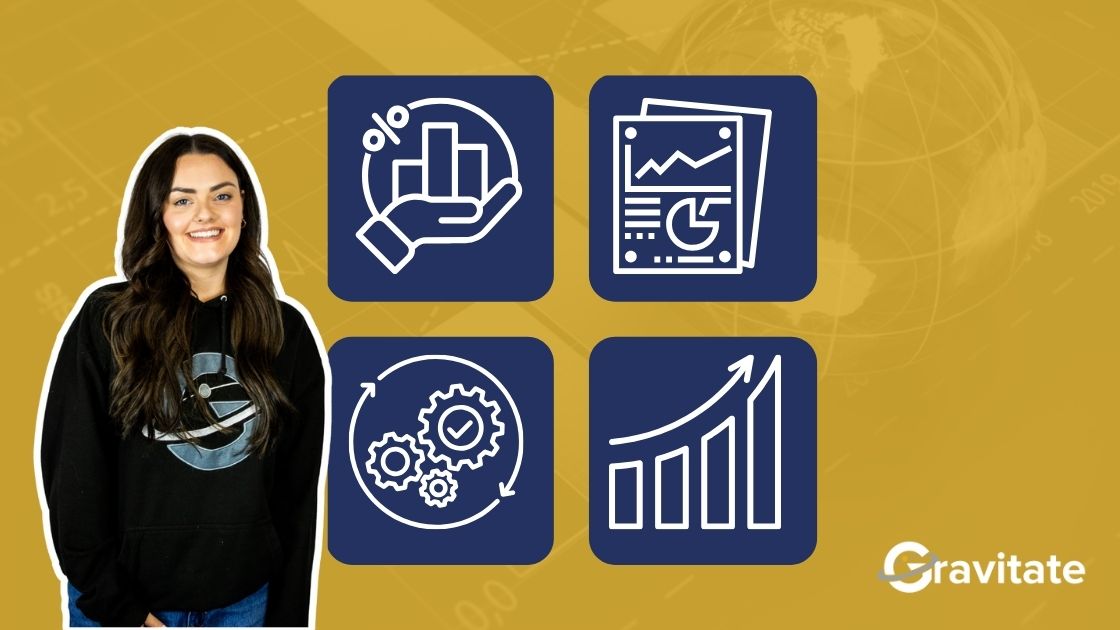

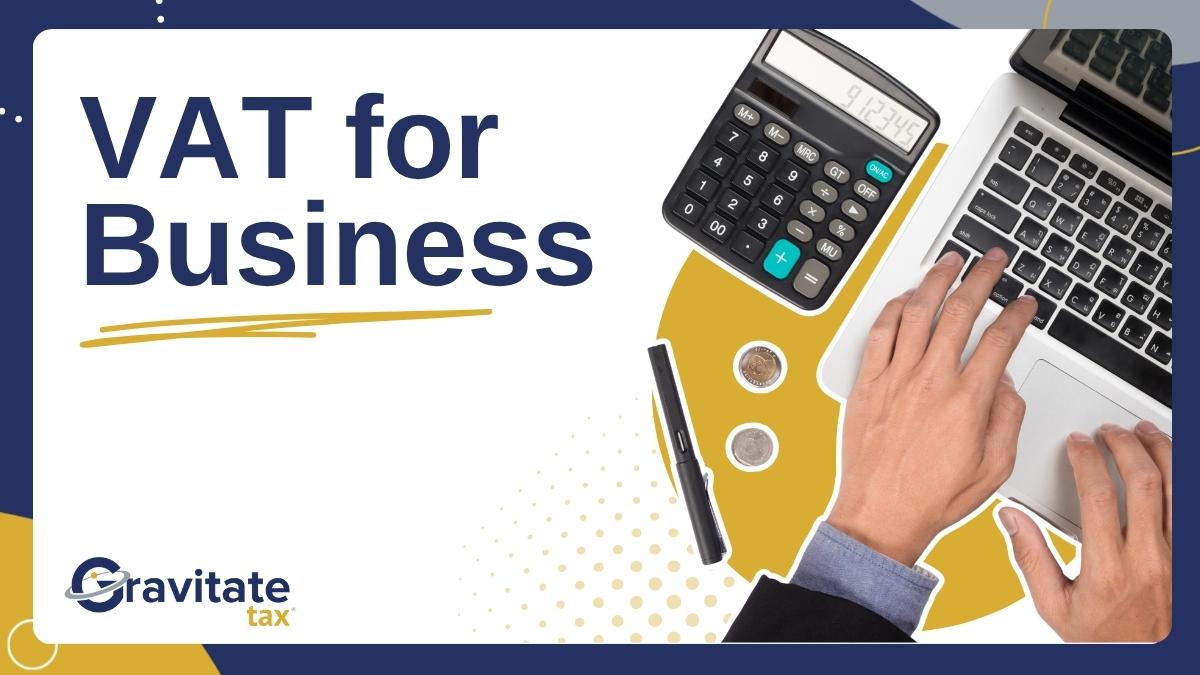
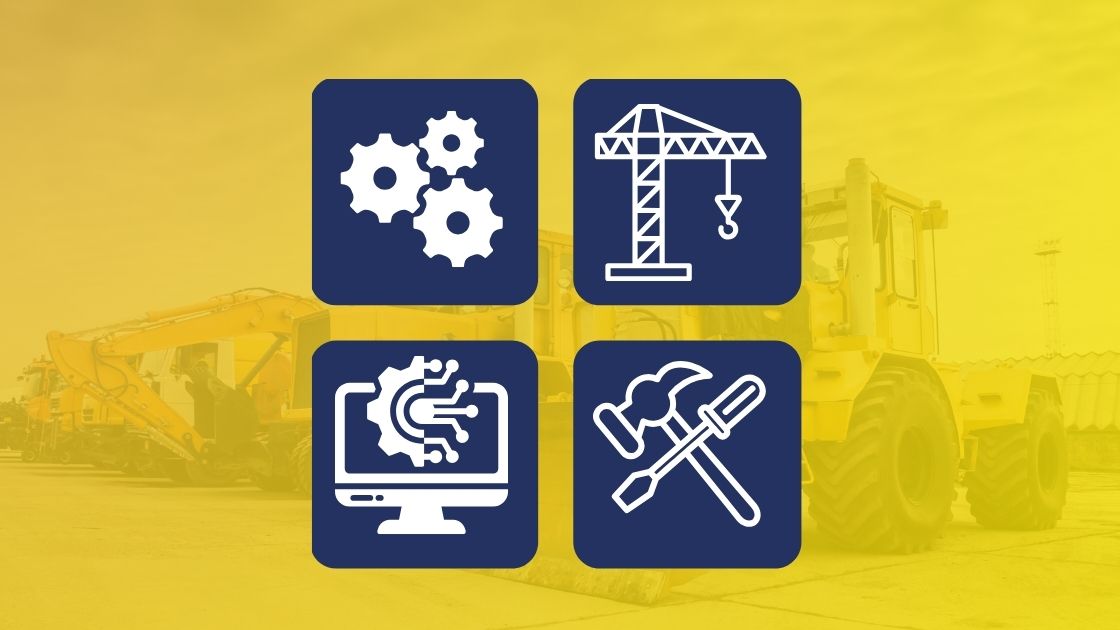






.jpg)

.webp)
.png)

.svg)
